

























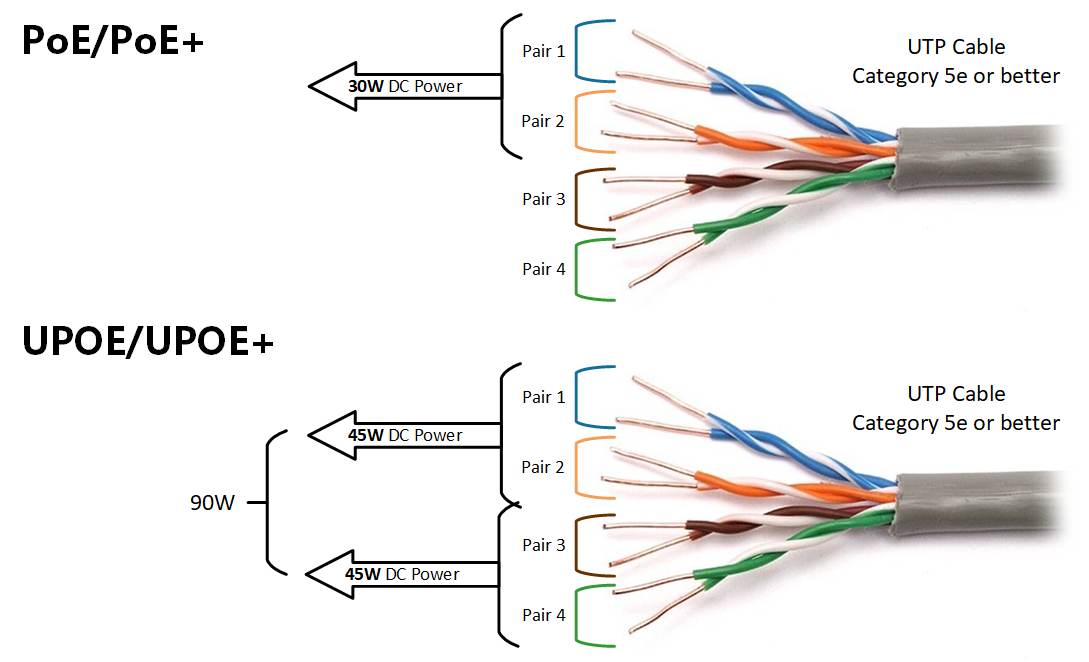

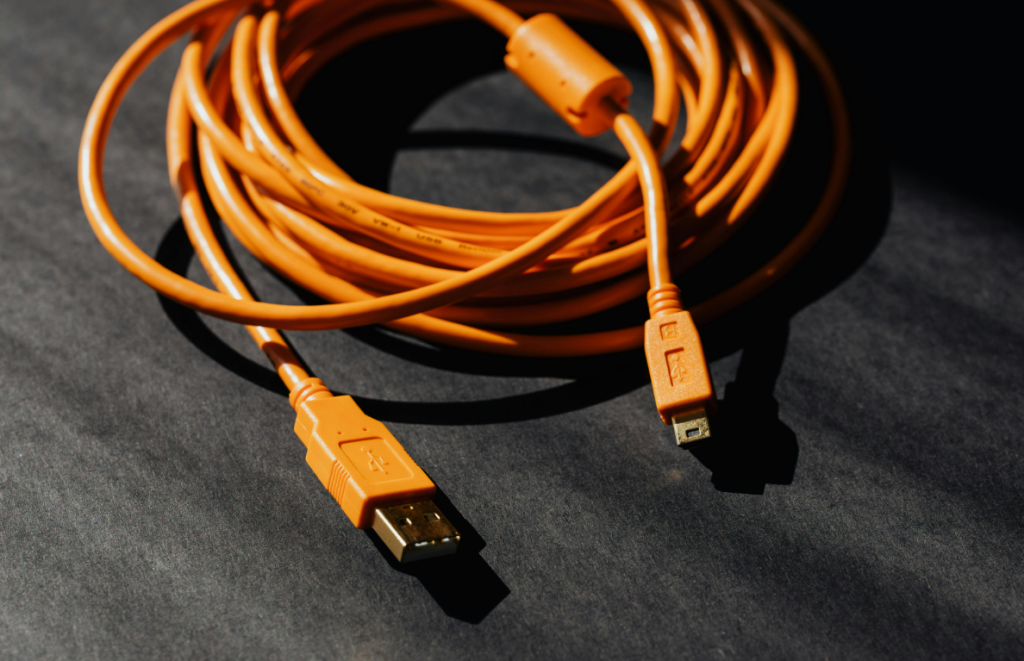
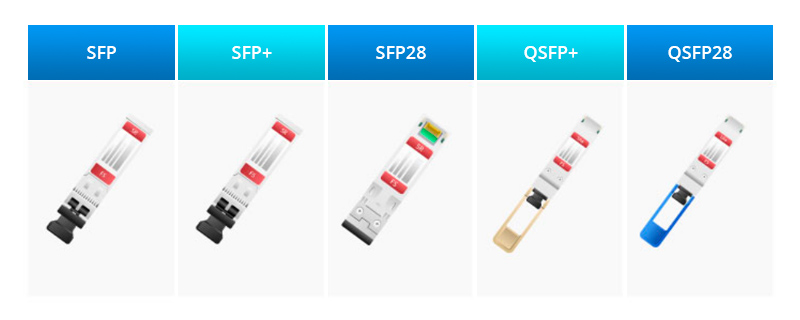

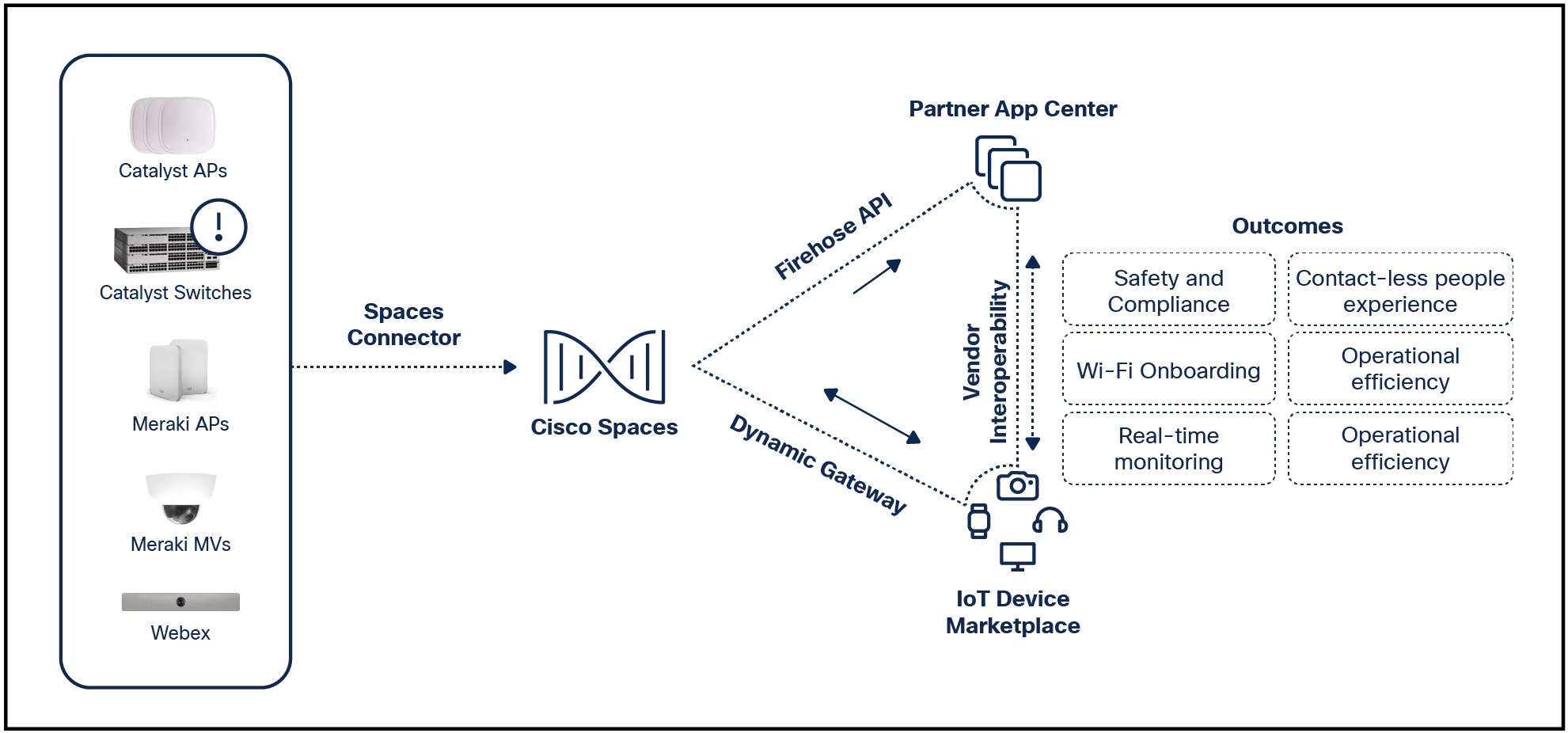
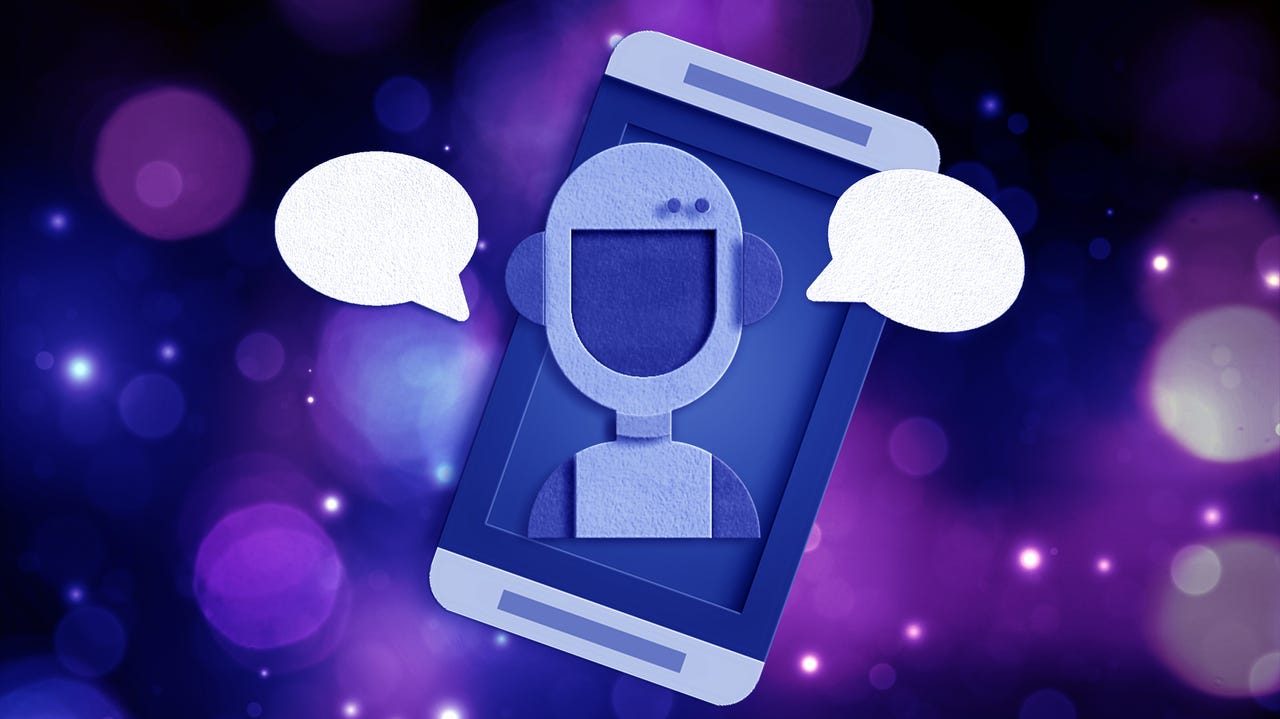 Carol Yepes/Getty Images
Carol Yepes/Getty Images Generative AI refers to models or algorithms that create brand-new output, such as text, photos, videos, code, data, or 3D renderings, from the vast amounts of data they are trained on. The models 'generate' new content by referring back to the data they have been trained on, making new predictions.
Also: 40% of workers will have to reskill in the next three years due to AI, says IBM study
The purpose of generative AI is to create content, as opposed to other forms of AI, which might be used for different purposes, such as analyzing data or helping to control a self-driving car.
The term generative AI is causing a buzz because of the increasing popularity of generative AI programs, such as OpenAI's conversational chatbot ChatGPT and the AI image generator DALL-E.
A new wave of AI tools has taken the world by storm and given us a vision for a new way of working and finding the information that can streamline our work and our lives. We show you the ways tools like ChatGPT and other generational AI software are making impacts on the world, how to harness their power, as well as potential risks.
Read nowThese and similar tools use generative AI to produce new content, including computer code, essays, emails, social media captions, images, poems, excel formulas, and more within seconds, which has the potential to shake up how people currently do things.
ChatGPT has become extremely popular, accumulating more than one million users a week after launching. Many other companies have also rushed in to compete in the generative AI space, including Google, Microsoft's Bing, and Anthropic.
Also: The best AI chatbots right now
The buzz around generative AI is sure to keep on growing as more companies join in and find new use cases as the technology becomes more integrated into everyday processes.
Machine learning refers to the subsection of AI that teaches a system to make a prediction based on data it's trained on. An example of this kind of prediction is when DALL-E is able to create an image based on the prompt you enter by discerning what the prompt actually means.
Also: How this simple ChatGPT prompt tweak can help refine your AI-generated content
Generative AI is, therefore, a machine-learning framework, but all machine-learning frameworks are not generative AI.
Generative AI is used in any AI algorithm or model that utilizes AI to output a brand-new attribute. The most prominent examples that originally triggered the mass interest in generative AI are ChatGPT and DALL-E.
Also: The best AI art generators
However, after seeing the buzz around generative AI, many companies developed their own generative AI models. This ever-growing list of tools includes (but is not limited to) Google Bard, Bing Chat, Claude, PaLM 2, LLaMA, and more.
Generative AI art is created by AI models that are trained on existing art. The model is trained on billions of images found across the internet. The model uses this data to learn styles of pictures and then uses this insight to generate new art when prompted by an individual through text.
Also: How to use ChatGPT to make charts and tables
A popular example of an AI art generator is DALL-E. However, there are plenty of other AI generators on the market that are just as good, if not more capable, and that can be used for different requirements. Bing's Image Generator is Microsoft's take on the technology, which leverages a more advanced version of DALL-E 2 and is currently viewed by as the best AI art generator.
Text-based models, such as ChatGPT, are trained by being given massive amounts of text in a process known as self-supervised learning. Here, the model learns from the information it's fed to make predictions and provide answers.
Also: What is Bing Chat? Here's everything you need to know
One concern with generative AI models, especially those that generate text, is that they are trained on data from across the entire internet. This data includes copyrighted material and information that might not have been shared with the owner's consent.
Generative AI art models are trained on billions of images from across the internet. These images are often artworks that were produced by a specific artist, which are then reimagined and repurposed by AI to generate your image.
Also: One in four workers fears being considered 'lazy' if they use AI tools
Although it's not the same image, the new image has elements of an artist's original work, which is not credited to them. A specific style that is unique to the artist can, therefore, end up being replicated by AI and used to generate a new image, without the original artist knowing or approving. The debate about whether AI-generated art is really 'new' or even 'art' is likely to continue for many years.
Generative AI models take a vast amount of content from across the internet and then use the information they are trained on to make predictions and create an output for the prompt you input. These predictions are based off the data the models are fed, but there are no guarantees the prediction will be correct, even if the responses sound plausible.
The responses might also incorporate biases inherent in the content the model has ingested from the internet, but there is often no way of knowing whether that's the case. Both of these shortcomings have caused major concerns regarding the role of generative AI in the spread of misinformation.
Also: 4 things Claude AI can do that ChatGPT can't
Generative AI models don't necessarily know whether the things they produce are accurate, and for the most part, we have little way of knowing where the information has come from and how it has been processed by the algorithms to generate content.
There are plenty of examples of chatbots, for example, providing incorrect information or simply making things up to fill the gaps. While the results from generative AI can be intriguing and entertaining, it would be unwise, certainly in the short term, to rely on the information or content they create.
Some generative AI models, such as Bing Chat or GPT-4, are attempting to bridge that source gap by providing footnotes with sources that enable users to not only know where their response is coming from, but to also verify the accuracy of the response.
 Горячие метки:
Наш процесс
Искусственный интеллект
3. Инновации
Горячие метки:
Наш процесс
Искусственный интеллект
3. Инновации